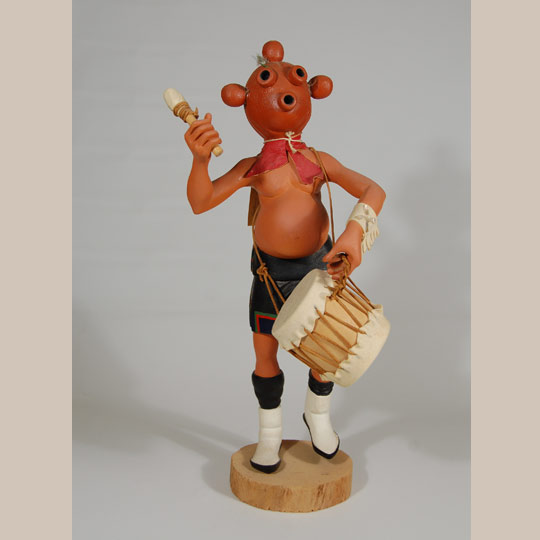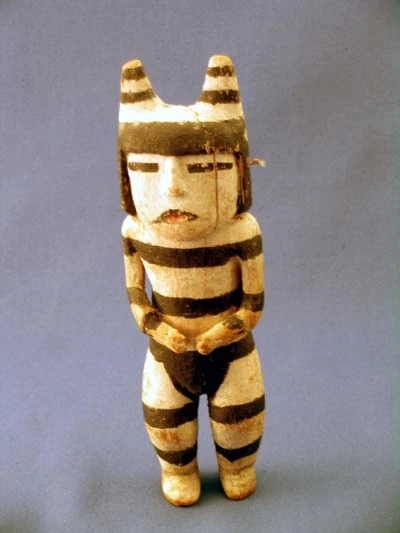Clown Breeds
Throughout history we have discovered more and more breeds of clowns, spanning from all over the globe! In this section, I will endeavour to educate you on each of them and their behaviour and traits. This will include their diet, visual and social characteristics and any other tidbits. Domestic and Wild breeds will be seperated so they are easy to distinguish.
Please bare in mind that this section will be incredibly long and therefore using the links is highly recommended.
more to be added...
Domestic Breeds
Birthday
The party breed is generally characterised as vibrant and bright with a variety of pastel colours and often decorated with holiday or party symbols on their face or clothing.
This breed loves to socialise and be around other beings of really any kind. They are their happiest at social gatherings where they can be center of attention. They are great with children and chucklets (baby clowns). Mind you, they are not great as safety breeds as they have a high people-pleasing drive and you may need to train them in boundaries.Their diet consists of baked goods such as cakes, pastries and candies. This high sugar diet is essential to keep them healthy. If you struggle to get them to drink water, give sparkling water a try!
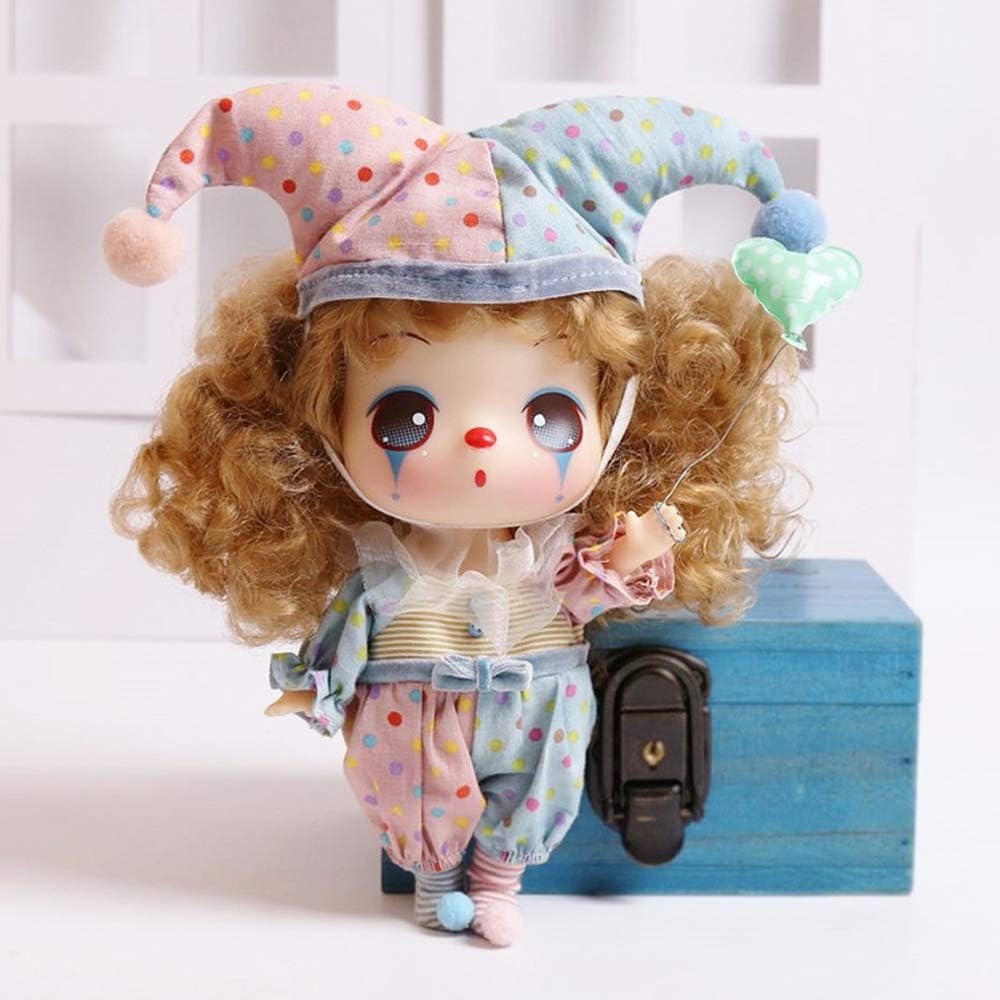
Harlequin
Characteristic of Harlequins include a mask, often times it is a black mask with a mischevious look, and irregular checkered patches throughout their clothes. These patches are often times vibrant colours or regal colours such as gold and silver.
As previously stated, there are also Albino and Melanistic Harlequins which, instead of brightly coloured, possess irregular checkered black and white patches. The way to distinguish a melanistic from an albino is via their mask colour. An albino Harlequin's mask is white, whilst a melanistic one is black.Personality wise, Harlequins are quite tricky. They are tricksters at heart and fond of playing a variety of tricks, from mimicry to slapstic. They are incredibly intelligent and agile but definitely more mellow in temperament. Whilst I'd say they are not too good as a first clown, this does depend on the owner. This breed does not love easily but will absolutely protect their owner no matter what and are often used as protective means such as house guards.
Originally this breed was thought to be incredibly aggressive due to their earlier hats being fashiones out of fox or rabbit tail. This however was proven to be a misconception and this behaviour is largely only found now in stray Harlequins as a means or keeping themselves warm and surviving. When in a safe home they do still display some prey drive but this tends to be minimal but we cannot promise safety to any squeaky toys or soft toys you may provide them.Diet wise, this breed is a bit of an omnivore and will eat much of anything but also require meat in their diet such as deer and rabbit. This can be cooked but raw is preferable.

Hobo
Whilst the hobo is often happy with their freedom they do get frequent bouts of sadness due to loneliness. This breed is incredibly caring and gentle and really does not ask for much in terms of upkeep. You may find they have an adversion to water and therefore have a stronger natural scent than other breeds. Many however, after acclimating to being cared for actually grow fond of water and several activities including it such as swimming and puddle jumping.
Hobo clowns often times have tattered clothes with holes. These are generally clothes they find in the street in order to keep warm and are often times not the greatest in quality. They end up rather dirty and soot covered. Much like Sad clowns they possess a defeated expression with a frown on their face and have a similar walk to eachother where their feet drag and with lowered heads and hunched back.Their diet consists of little to no sugary foods as in large quantities it can be incredibly harmful to their health as well as being a more herbivour type. Black coffee, sandwiches and soups are stapels in their diet. Snacks are okay but try to keep them relatively simple as they cannot digest richer foods such as chocolate cakes and meat heavy meals.
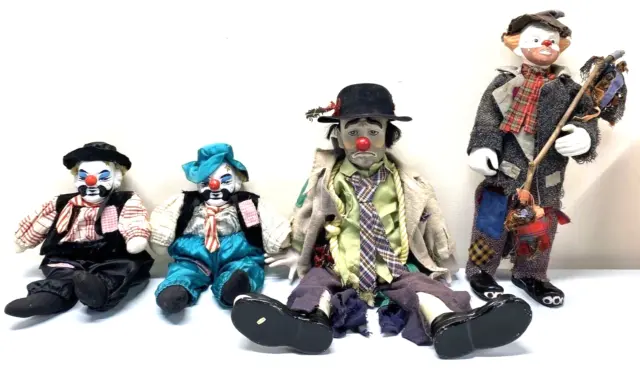
Jester
This breed is identifiable from their pointed hats will bells on the ends of them. They wear bright colours of all sorts, sometimes which clash in order to make them loud and vibrant in order to attract attention as well as carrying a small jingling staff.
Jesters are loud and often rather rude towards humans, however they do mix very well with other clowns. A group of Jesters is called a Court and they will often get into all kinds of shenanigans together but it is incredibly healthy for them to be able to socialise with not just their own breed but others in order to break their fear of breeds outside their own. They may look aggressive but this breed is actually incredibly anxious and form anxious attatchment styles due to the repeating history of being discarded once too old or once owners get tired of being "the butt of the joke".Jesters are not inherently mean nor mean spirited, they do however require a lot of work and a constant show of being listened to and looked after. Mockery froma Jester is often their way of expressing something that may be hurting them or upsetting them, working on these things can help to show your Jester that you do care for them and overtime their mockery will calm down and become more of general comedy.
Their diets consist of sweet tasting foods but not excessively sweet things. Both fresh and dried fruits are wonderful for them, as well as candied meats, etc. Pies are a staple of their diet but you should always endeavour to adding some of the previously stated items for a well rounded diet.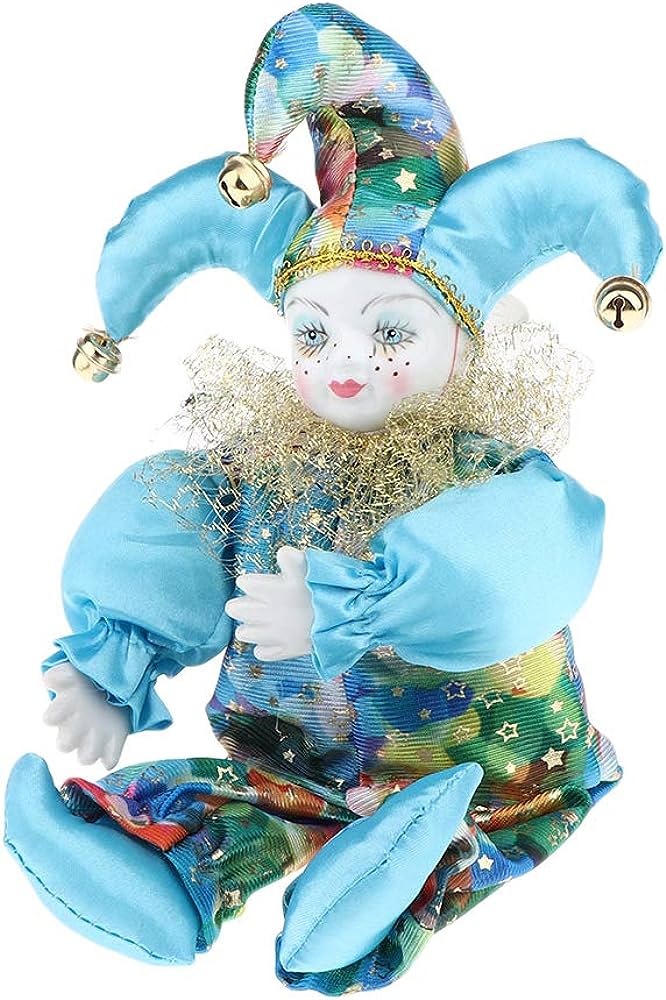
Mime
Characterised by an often white and black striped shirt and black pants held up with suspenders. That is the standard, however not all mimes present this way, some having white and red stripped shirts instead, or a simply plain black or white shirt.
Seeing as this breed is cannibalistic they are generally best kept as solitary clowns as this specific breed does not form troupes and are rather fond of silence or generally quieter spaces. That being said, that does not mean they are easier to take care of. There is a possibility of having them get along with pierrot or sad breeds but introductions require constant vigilance and surveillance.Mimes do not make much of any sound, so you must pay close attention to their facial expressions and body language to understand them. A common behaviour mimes display is putting a box (act of boxing) around things, be it people or items. Now, depending on the expression this could either mean the mime has taken said item or being as a favourite. However, should they have an angry or generally disgruntled demeanour when boxing it could mean that they are prepparing to either attack or it is too loud, etc. If you see the latter, remove the boxed item or being from the mime's vicinity.
Their diet consists of mostly meat (both raw and cooked) as well as some types of bread.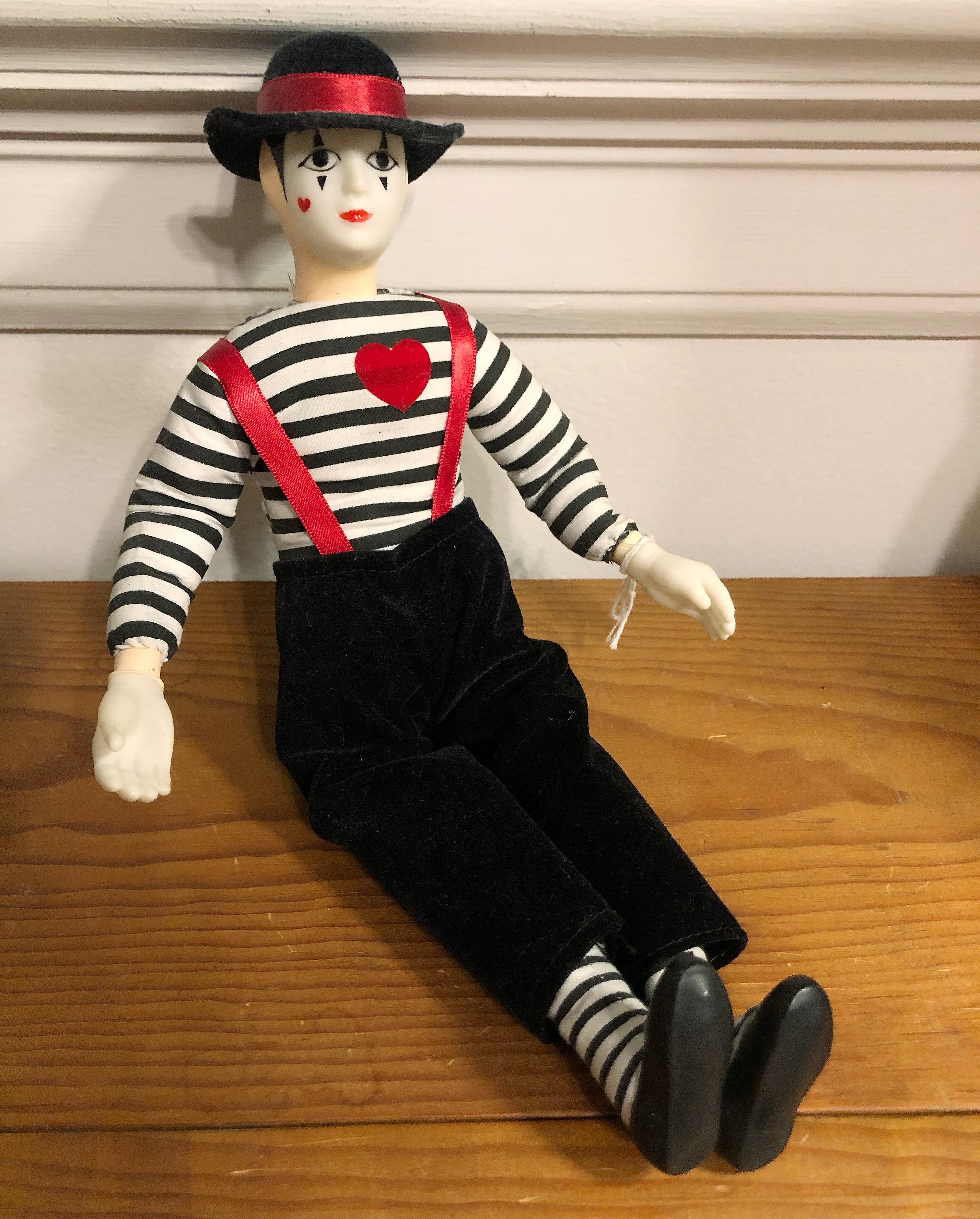
Pierrot
The standard for this breed is black and white colours with rather simple faces although possessing a rather youthfull look and feel. Generally very child like in appearance. They often wear large and loose fitted clothes giving them an almost airy and cloud like feel. This breed is highly sought out by higher society as well and so they tend to be incredibly expensive and you won't often find them as strays and in shelters.
Pierrots are very mild mannered and vocalise rather beautifully with a large love towards poetry and angelic like singing, it is understandable why they are so widely favoured by dedicated Clown owners. They are however, another anxious breed and often struggle to emotionally regulate. Best kept with calmer and/or uplifting and positive clowns as they can be rather easy to upset and offend at times.Their diets consist of pastries and lighter sweet foods such as fruit salads, whipped cream and jellies. Do not feed them sodas or fizzy drinks as they are unable to digest them. This breed cannot eat meat at all and ingesting it will cause them to get violently sick.
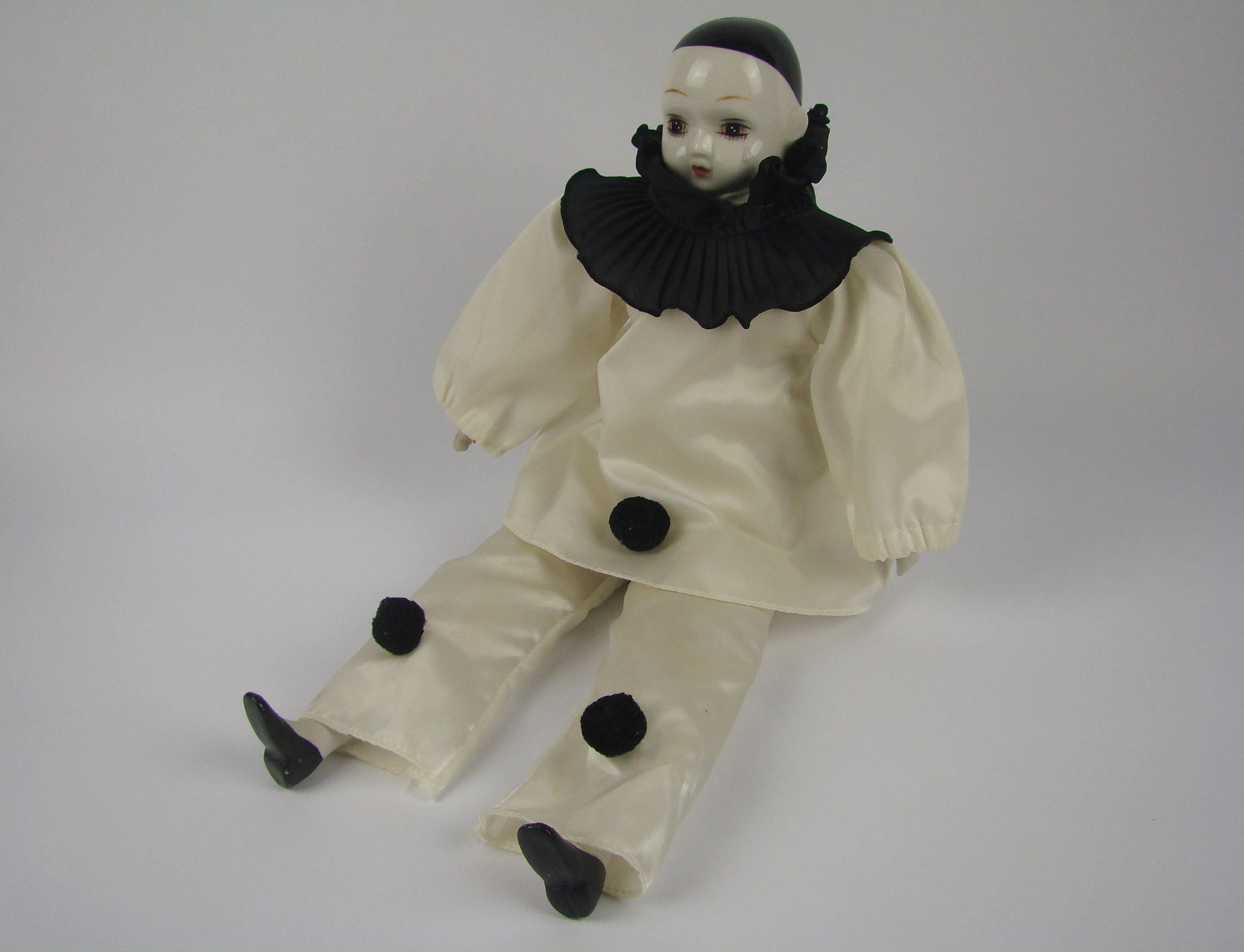
Rodeo
Visual wise, Rodeo clowns are rather similar to the Hobo breed, however with more old western style clothing and the clothing is not nearly as patchy or ripped. Often wear a cowboy hat of some sort.
This breed is incredibly loyal and gets on very well with any other animals you may have, especially farm ones, and they also love helping out with gardening as they have a rather special ability of what seems to be the ability to communicate with plants! Who'd have thunk it! They also have a loving and jolly disposition and will often tell animal and farm jokes. A wonderful breed all round.Which makes it shocking that they get used in bullfighting as a distraction so that the bull fighter doesn't get hurt, this however puts Rodeo breeds in such a dangerous position in a role called 'Barrelmen'. This breed is frequently put into these shows and as a Clown Husbandry center I simply cannot stand by the horrors these poor things are put through
Their diets are rather similar to that of the Hobo, however they do not shy away from sweeter things. Whilst their diet is mostly made up of Hot dogs, burgers, natchos, and other such carnival usual foods, they do also love candyfloss, funnel cakes and a few other selections. That being said, do not feed your Rodeo too many Churros!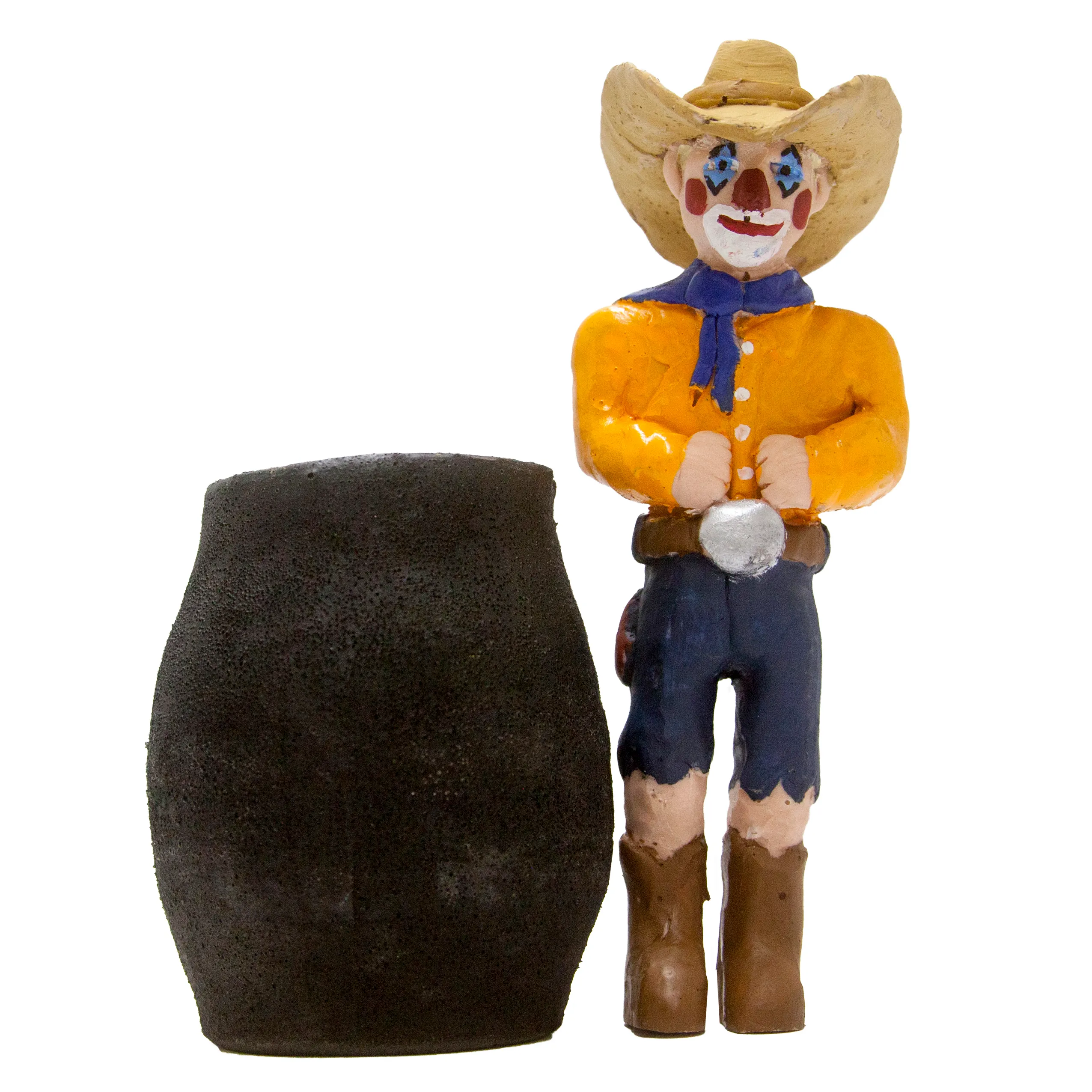
Sad
Known for their frown faces with at time tear marks. They do wear clothing similar to that of the Whiteface clown which is a good way to distinguish them from Hobo breed. Often times they are rather muted in colour, generally more saturated colours such as dark blues and purples for their faces but their clothing may also follow suit. They may at time mimic other breeds such as the Pierrot and the Jester.
This breed is generally seen as a lazy breed as it is not as energetic as most other clowns, but they still benefit massively from group activities and exercise and company. Some of the best breeds to keep alongside the Sad are Teddy, Hobo and other Sad. The reason for keeping more than one Sad is to allow them to commiserate and therefore help prevent them getting depressed. This alongside the tender affection many Teddy are known for really creates an environment where they can flourish and live a comfortable life. They do have a love for flowers and gardens, as well as some heavier types of comedy that may sometimes cause concern but positive reinforcement goes a long way. They are also actually a rather lovely companion to those who may suffer from mental health issues as they are incredibly caring and love to listen to others talking about their interests and at times, even part take in such interests.Their diets consist of just about anything, but for some reason many have decided to feed them onlythings like instant ramen, cup soups and such. This is incredibly harmful to them in the long run as they generally lack much nutrition and may exhacerbate the existing mental decline in this breed. Do make sure to feed them cotton candy, party mixes and other variety of foods and snacks and many will find that their colours will become a little brighter.

Scare
Generally the Scare breed comes in sizes medium to dire but there are some small ones out there. They have a lankey figure with long arms and legs that may drag and the markings on their faces are often very long or exaggerated around the eyes and mouth. Many have a red nose but they can also be black or even non existent at all! Most commonly seen ones wear white, red and black colours but there is a large variety to them. The way to tell them apart from killer clowns is that they do not have sharp teeth, we know this not just from Circus vet visits but also the fact that Scare clowns love to smile!
They love toys that look like weaponsm especially toy chainsaws and mallets, especially if they squeak! But generally any toy is adored by them. They are very playful and often play by standing in a corner waiting for you to notice them, we know that this is a play tactic because they laugh and giggle when found. They love hugs as well and picking things and beings up. The media paints them as a horrible and violent breed but actually they are absolutely incredible with other animals and even babies!Often used as a creep deterent for many so they feel safer walking around in public, especially at night. Scares do not have much of a prey instinct at all and are generally just really happy to have fun and play tricks. They aren't very vocal outside of laughs and grunts but are generally very low maintenance.
Their diet is based mainly around carnival style foods but they can eat basically everything as well as plenty of sweets but NOT raw meat. Burgers, hot dogs, corndogs, candyfloss, churros, etc. You can feed this breed things like mountain dew and dr pepper!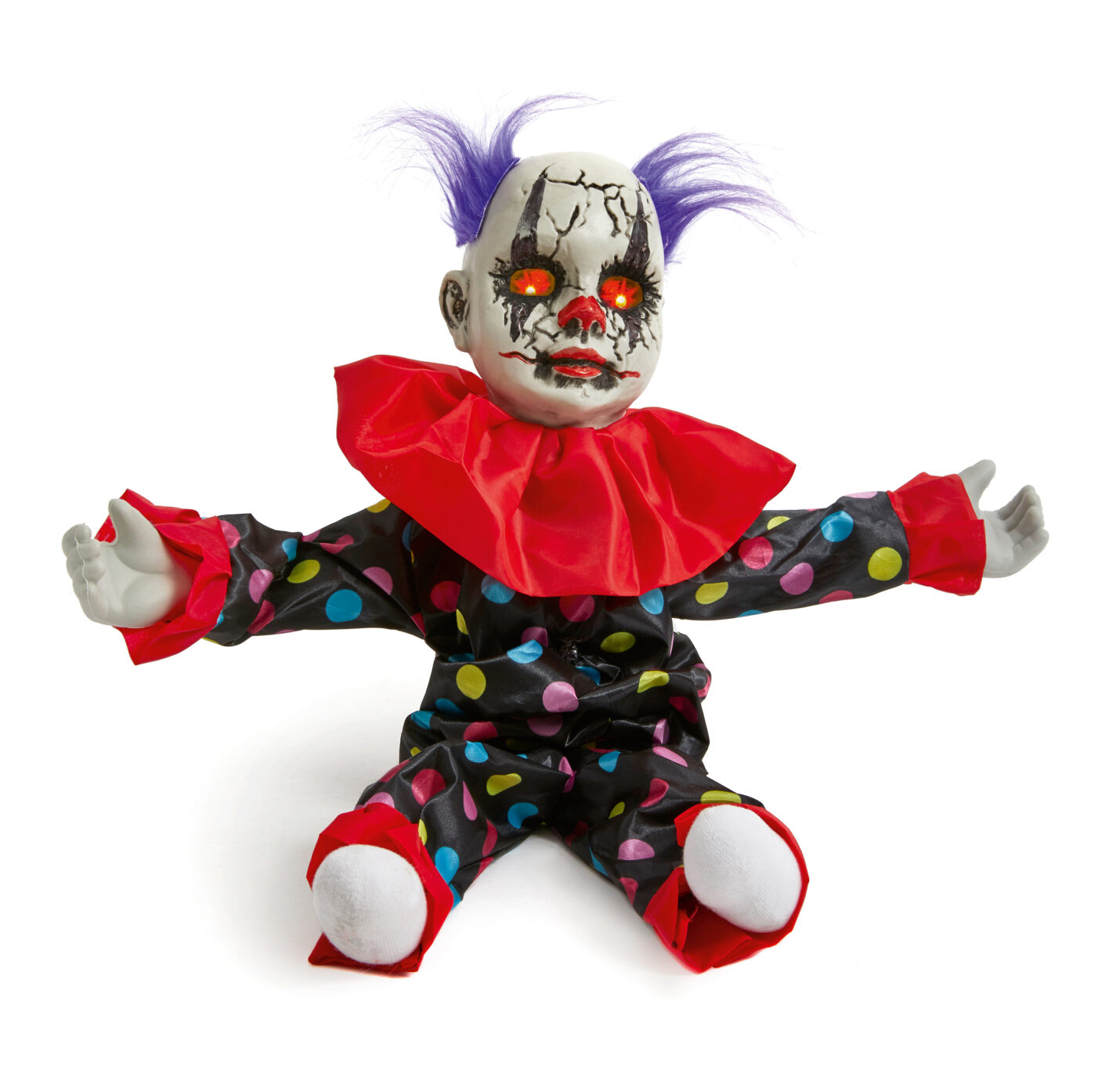
Teddy
Teddy breeds are animal looking in nature, they can both be covered in fur or patchwork. Most common ones are bears and bunnies but there are also dragons, elephants, you name it. They come in a variety of colours, from natural to bright and vibrant.
This breed absolutely loves playing pretend and their comedy is very innocent and light and they are very playful. They love going on adventures and make friends very easily as well as being decently energetic. They adore hugs and cuddles above all else. They are an incredibly easy to find breed and a very popular one as well.Their diet consists of all things sugary and sweet. They do not eat meat nor vegetables but can eat fruit, especially candied fruit. Cakes, sweet pastries and such are an absolute must.

Whiteface
Their most known feature is their white face with colourful markings and patterns, bright red nose, their bright colourful hair/manes and bright oversized clothes. They very frequently have oversized bright shoes. They are a breed that loves to be the center of attention, hence why the loud and vright colours, so they can be spotted from far away.
They are a rather speedy breed mind you, potentially even unparalleled in just how fast they can run. When they do, they often leave a little cloud of smoke where they previously were, as a distraction for the direction in which they are going in next. Whiteface communicate mainly in honks and facial expressions. Generally very happy-go-lucky and they easily forgive upsets and grudges, but they do unfortunately have a tendency to upset Sad and Hobo breeds due to their careless and free spirited nature, accidentally making them the butt of jokes and tricks. They are not however a malicious breed, simply have a harder time understanding the behaviours of more downtroden breeds. But put them with a Birthday clown and you absolutely will never be able to seperate them again.Their diets revolve around a vegetarian diet but also plenty of candies. Popcorn and candy floss are some of its favourite foods. They also are very fond of custart and cream tarts.
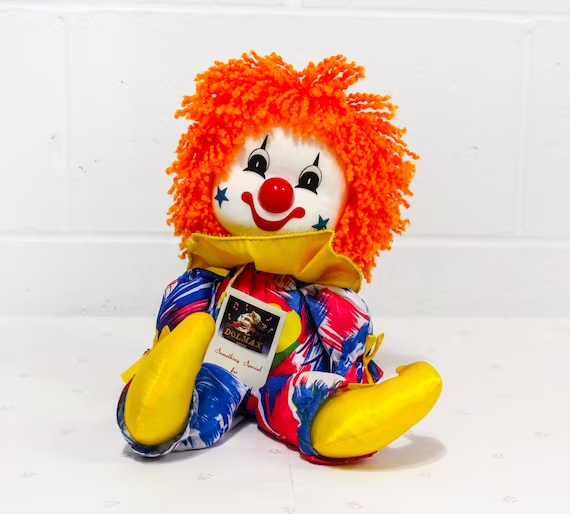
Wild Breeds
Candy
They often have white or pastel coloured skins with neon or vibrant markings. A lot of them possess a ruffled collar and their clothes can either be loose or skin tight. They do possess incredibly sharp teeth.
Candy clowns are hunting clowns as well as scavengers when needed. They adorn themselves with sweets and candies in order to attract prey and often hunt in groups and will go after chucklets of small and medium breeds regardless of their own size.
Killer
Killer clowns are highly inquisitive and curious but also incredibly aggressive and easy to set off. If you see one approach you, do not turn your back to it. Make loud noises whilst slowly backing away from them as running will activate their prey drive and they will rush at you.
They possess sharp jagged teeth and are often found carrying items such as knives, bats, mallets, etc and especially whilst hunting.Pueblo
Each community's local Pueblo population differs in colours and portrayals. One offset of this breed is named the Mudhead clown (Or Mudhead Kachina) as they possess a large mud textured head.
It is uncertain what their diets consist of but assumptions have been made that Pueblo may be a more herbivore breed. Diet includes blueberry Slump, acorn bread with a variety of sweet berry jams and panocha.(I have kept this section brief on purpose as I would rather write a small amount that is accurate to the culture, than waffle on and say things that are untrue. That being said, if anything in the Pueblo section is incorrect or offensive please to reach out to me and let me know and I will make appropriate changes. I am not native myself nor am I American)
